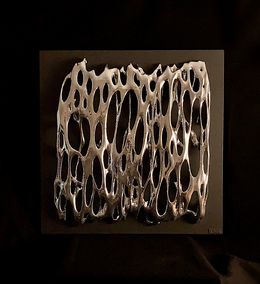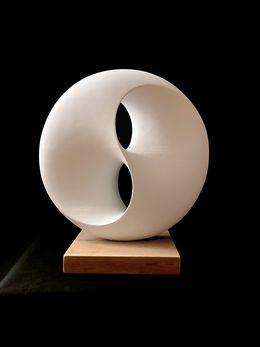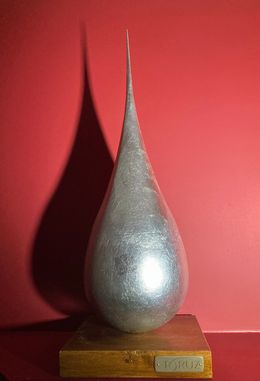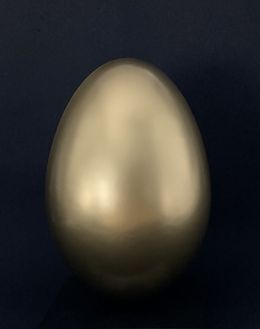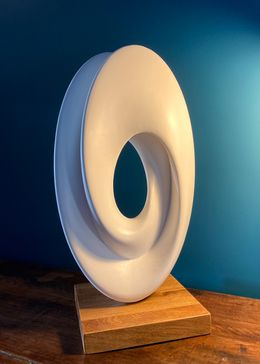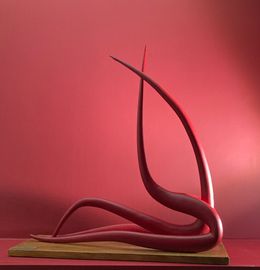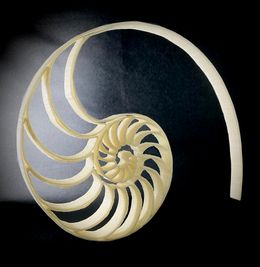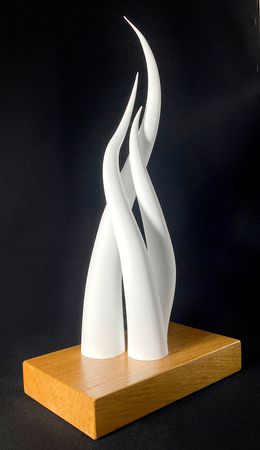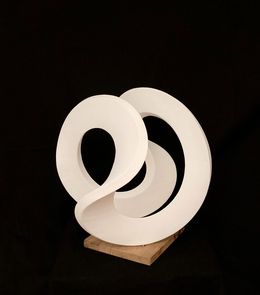
Presentation
Toruz was born, grew up and lives between Montpellier and Nîmes. Coming from a background of artists and craftsmen, he early showed an attraction for manual and creative activities.
More by reason, he follows a scientific course and becomes an engineer at the National Conservatory of Arts and Crafts. His thesis subjects will be devoted to fractals, then to the contribution of aesthetics in graphic interfaces between man and machine.
Following profound upheavals in his life and in search of meaning, Toruz feels a vital and imperious need to return to drawing to give shape to his sculptures, to experience creation as the manifestation of a saving beauty.
Between ecological issues and varied renderings of surfaces, Toruz uses materials of vegetable origin, shell powders and wood. His Biopolymer sculptures are like a primitive digital and mathematical clay that he transforms, sands and paints with care and patience according to traditional methods.
Art historian Herbert Read saw the mathematician as an abstract artist "except that he did not cultivate the ability to express his designs in plastic material".
Toruz is an abstract artist who cultivates his ability to express his mathematical influences as sculpture. He clears a common ground of mathematics and art on which he places his own creativity.
The two Dénouements and Néocoquillages collections are currently at the heart of Toruz's work.
The sculptures in the Dénouement collection are the fruit of the search for the expression of beauty in purity. Like arabesques, they evolve according to a controlled imbalance. Fluid shapes with evanescent whiteness, each of them is set in a solid oak base. The whole reinforces the feeling of lightness and voluptuousness. Some of these works will be created in very large sizes (1.2 m to 2 m) so that they can be fully revealed.
The Néocoquillages collection in particular, with the Héloïde, Lotus and Néotilus pieces, was imagined and inspired by the modeling of a new material resulting from the recycling of scallops, oysters and mussels. After the drawing and design of neoshells, the complex and delicate mastery of this material offers a finish and a unique grain where light plays with the diffractions of organic materials. It is a second life offered to the shells and the scraps produced during the sculpture are reused for other pieces.
Discover our selections of works by artists
When was Toruz born?


